I. Introduction
“AI,” or “artificial intelligence,” describes the capacity of machines to learn, solve problems, make decisions, and recognize patterns, all of which are typically associated with human intelligence. In the past few years, artificial intelligence (AI) technology has come a long way and is now an important part of everyday life. Despite AI’s many advantages, there is rising worry about the technology’s potential drawbacks. Worldwide, comparisons are being made, for example, between AI myths and AI reality. Others are concerned that as AI develops, it will rebel against humans one day, whether on purpose or by accident. References to AI gone awry in works of popular culture, such as “The Terminator” and “The Matrix,” have contributed to this discussion.
Purpose of the article:
AI myths surround the tech world. We have already read about AI and the future of humans, this article put light on AI truth. This article aims to debunk some common myths and misconceptions about artificial intelligence (AI) and investigate the possibility that AI could turn against humankind someday. In addition, the article will explore the potential dangers posed by AI and the preventative measures that can be taken to lessen these dangers. The purpose of this piece is to present an objective and well-informed perspective on the application of AI, as well as to encourage the development and application of this technology responsibly.
II. AI Myths and Misconceptions
AI Myth 1. AI will surpass human intelligence and become evil:
This is a common myth about AI that is shown in many science fiction books, but it’s not true. Undoubtedly, AI has both positive and negative impacts on society. AI has come a long way in the past few years, but it is still limited by the techniques and data it is taught, and it doesn’t have consciousness or feelings. AI systems can only make decisions based on the data and parameters supplied by their human designers. They lack the power to decide on their own to cause harm to humanity.
AI Myth 2. AI is a self-aware entity:
Another widely held misconception regarding AI is that it is self-aware, with its own ideas and feelings. This is not true. AI systems are not aware and cannot feel emotions. They can only process information and respond to it based on the algorithms and data on which they have been trained.
AI Myth 3. AI can make decisions without human intervention:
This is yet another AI myth. While AI systems may accomplish tasks without direct human supervision, they cannot make decisions themselves. AI systems can only interpret data and make judgments based on the algorithms and parameters programmed into them by humans. Human oversight and interaction are still essential to ensure that AI systems perform correctly and do not endanger humans.
AI, Big Data and Robotics myths and reality. ht @aidnography pic.twitter.com/NT21xHj2C5
— Duncan Green (@fp2p) November 5, 2018
III. Realities of AI
AI Reality 1. AI is created and programmed by humans:
Remember that humans are still responsible for developing and programming AI systems. Artificial intelligence cannot create its own designs or structures. The algorithms and data that AI systems are trained on and the decisions and biases of their human creators directly impact the decisions and actions of these systems.
AI Reality 2. AI lacks consciousness and emotions:
One AI myth is that AI thinks more intelligently than humans. Another fact about AI is that it has no mental or emotional capabilities. Artificial intelligence systems can’t learn from their mistakes or gain wisdom from experience as humans can. They are limited in their ability to process information and make decisions to the algorithms and data with which they have been programmed. Artificial intelligence’s potential is constrained by its lack of consciousness and emotions, which prevents it from making decisions consistent with human values and ethics.
AI Reality 3. AI is only as good as the data and algorithms it is trained on:
The quality of the data and algorithms used to train AI systems is directly correlated with the accuracy and efficiency of those systems. Artificial intelligence systems can only process and analyze the data given to them. The AI system will act and make decisions by inherent biases in the data. Human creators should check that the algorithms and data used to train AI systems are fair and unbiased.
IV. The Risks of AI Turning against Humanity
A. Bias and discrimination in AI systems:
One of the most dangerous things about AI is that it could be biased and discriminate against people. When data and algorithms are used to train AI systems, they can reflect and amplify any biases. In the case of facial recognition systems, this can lead to discriminatory judgments being made against people of color. It is crucial for people who make AI systems to be aware of the possibility of bias and to take steps to reduce it because the bias in AI systems can make discrimination and inequality in society worse.
B. Job displacement and economic consequences:
The potential for job loss and economic repercussions is another threat AI poses. AI systems could replace human workers as they get more competent and can do a broader range of tasks, especially in jobs that don’t require much skill. For this reason, society must consider the social and economic implications of deploying AI before it is too late and massive job losses and economic disruption result.
C. Potential for misuse and abuse of AI technology:
Another risk posed by AI is that it could be exploited by malicious actors. Some evil ways that AI systems have been used are to make autonomous weapons and spread fake news and other false information. The potential for misuse must be taken into account, and steps must be taken to reduce it through regulatory and supervisory measures of artificial intelligence.
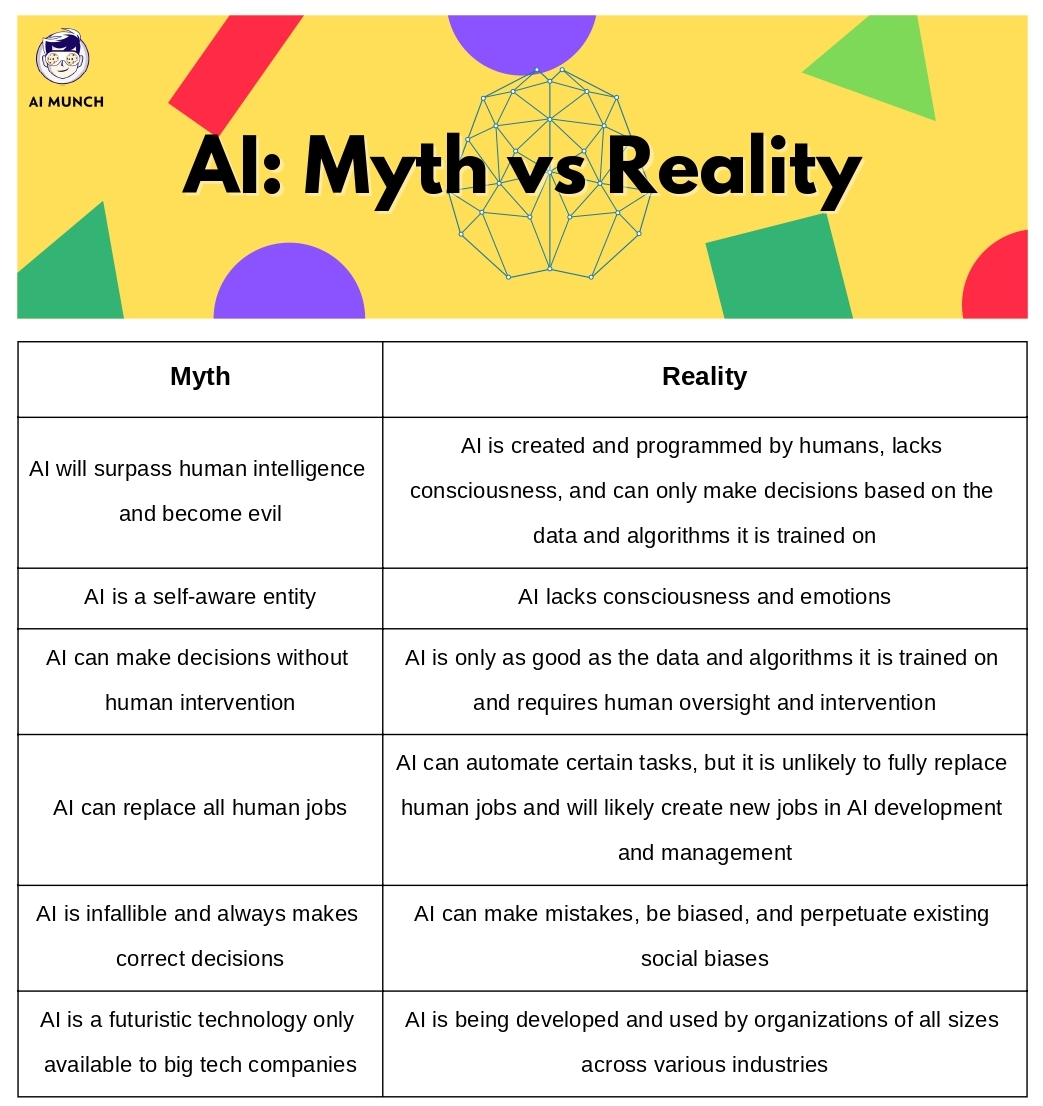
V. Mitigating the AI Risks
A. Ethical considerations in AI development and deployment:
Taking ethics into account during the development and use of AI is crucial in lowering the risks that come with it. This means ensuring AI systems are built and used in a way that respects human values and ethics, making it less likely that they will be abused.
B. Regulation and oversight of AI technology:
Regulating and keeping an eye on the development of AI is another critical step toward making it less dangerous. It’s essential to ensure that AI systems are open and accountable and are governed by the law and relevant regulations.
C. Education and awareness about AI:
Lastly, if AI is to be less dangerous, people must learn as much as they can about it. As part of this process, raising people’s level of knowledge and consciousness about AI and its positive and negative implications is essential. This will aid in making sure that AI is created and used in a socially responsible and ethical fashion and that the public is aware of the potential risks and benefits of AI.
VI. Conclusion
A. Recap of myths and realities about AI:
This article busts some common AI myths, like the idea that AI will one day be more intelligent than humans and turn evil, that it is self-aware, and that it can make decisions without human input. We have also covered the facts about AI, such as how it is built and programmed by humans, how it is emotionless and numb, and how it is only as good as the information and algorithms it is exposed to during its training.
B. Summary of the risks and steps to mitigate them:
There are more concerns to think about than AI myths. People have discussed threats like discrimination and bias in AI systems, the loss of jobs, its economic and social effects, and the possibility that AI could be used badly. We need to understand the effects of AI. We discussed how important it is to think about ethics when making and using AI, how it needs to be regulated and watched over, and how education and awareness can help reduce these risks.
AI could greatly benefit society, but it also presents serious dangers. An organization must be careful with AI and take steps to reduce the risk of harm by building and using AI systems carefully. To accomplish this, the AI development community, government officials, and the general public must work together with a shared goal in mind: to ensure that AI is created and used in a socially and morally acceptable way. The time has come for humanity to take precautions to ensure that artificial intelligence is used for our collective benefit and does not turn against us.
FAQs
The 4 risks of artificial intelligence are the perpetuation of existing biases and discrimination, job displacement and economic consequences, the potential for misuse and abuse of AI technology, and the challenge of ensuring AI alignment with human values and ethics.
AI can hurt society in several ways, such as by supporting social biases, causing job loss and other economic problems, and making it possible to misuse and abuse AI technology.
The wrong side of AI is that it could worsen biases and discrimination, cause people to lose their jobs and have other adverse economic effects, and be misused and abused.
The 3 negative effects of artificial intelligence are perpetuating existing biases and discrimination, job displacement and economic consequences, and the potential for misuse and abuse of AI technology.
No, AI is created and programmed by humans and requires human oversight and intervention in its decision-making processes.
The most significant risk of AI is that it could worsen bias and discrimination, cause people to lose their jobs, and negatively affect the economy. It can be used and abused if it isn’t built and used responsibly and with proper oversight.
The relationship between humans and AI is that humans create and program AI, and AI depends on humans for data and algorithmic training, as well as oversight and intervention in its decision-making processes.
AI is different from humans because it doesn’t have a mind or feelings. It can only be as good as the data and algorithms it is trained on. AI also needs human control and help when it comes to making decisions.
AI can automate some tasks and make others run more smoothly, but it’s not likely to take over everything. But the risk of AI reinforcing biases and discrimination already existing, putting people out of work, having adverse economic effects, and being misused and abused must be dealt with through responsible development and deployment.
No, AI lacks consciousness and emotions. AI is not capable of experiencing romantic love as well.
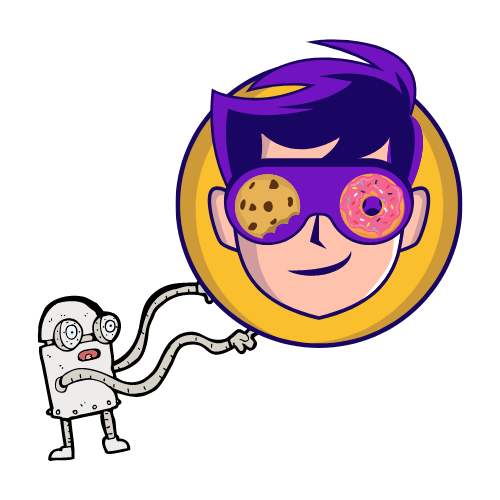
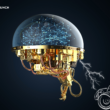

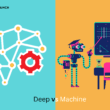
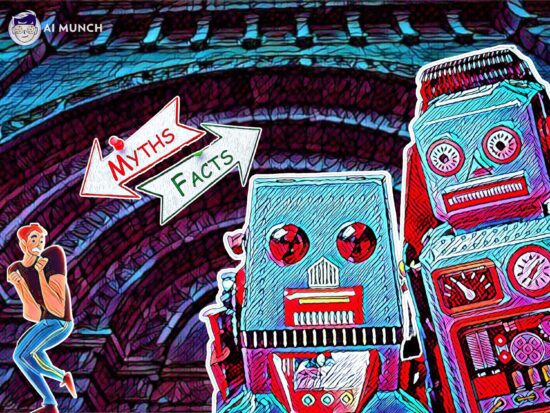


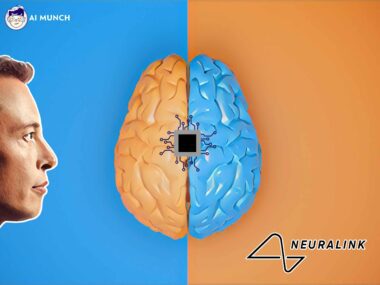
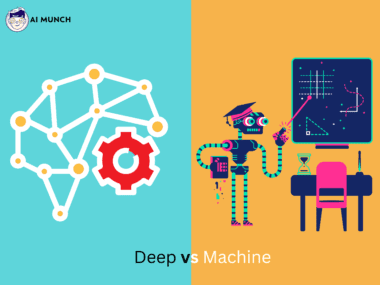


4 comments